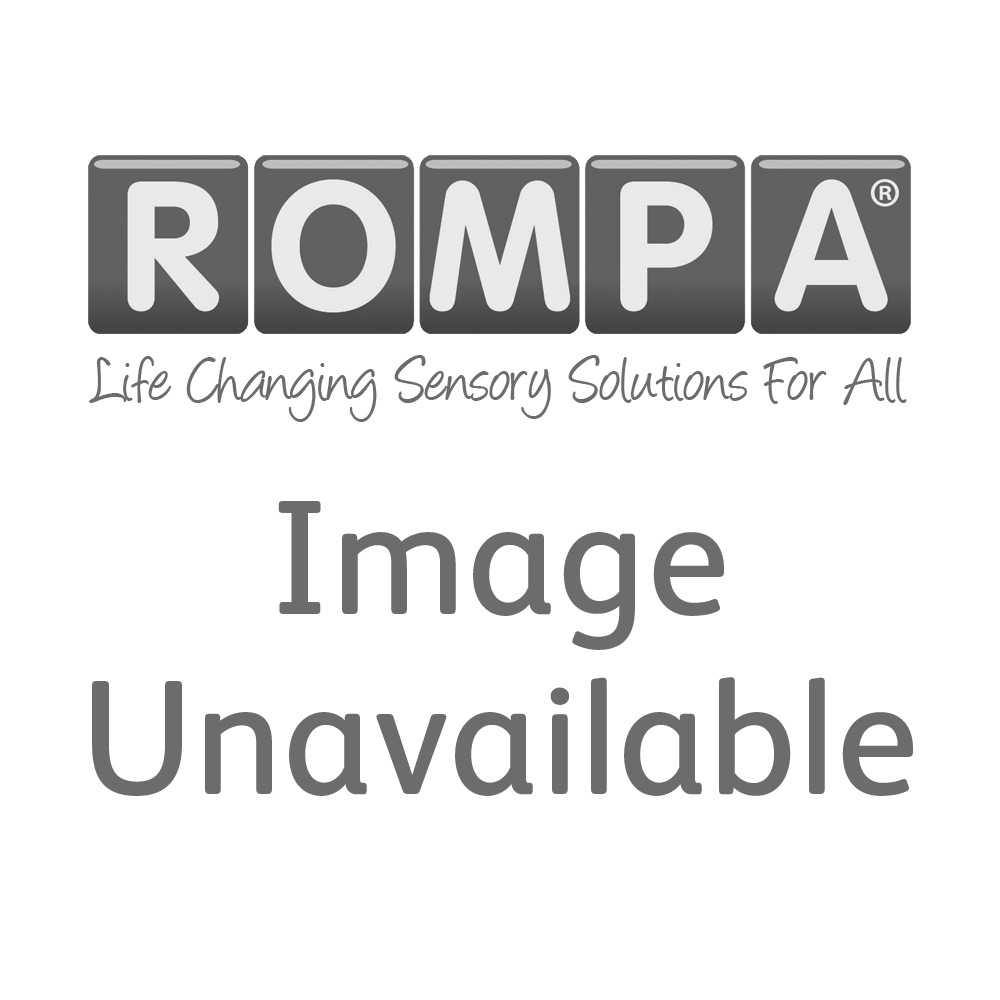
- Receptive-expressive Emergent Language Scale Free Download
- Receptive-expressive Emergent Language Scale Free Download
The Receptive–Expressive Emergent Language Test–Third Edition (REEL–3) is designed to help speech–language pathologists and other early childhood specialists identify infants and toddlers who have language impairments or who have other disabilities that affect language development, by determining the effect of physical and/or. The following tables are an integrated scale that outline typical stages of development in the areas of listening, receptive and expressive language, speech, cognition and social communication. They have been adapted from a number of sources:. Cottage Acquisition Scales for Listening, Language and Speech. Preschool Language Scale – 4.
The Receptive–Expressive Emergent Language Test–Fourth Edition (REEL-4) was designed to help you identify infants and toddlers who have language impairments or who have other disabilities that affect language development.

Receptive-expressive Emergent Language Scale Free Download
The REEL-4 has two subtests that make up the Language Ability composite, Receptive Language and Expressive Language, as well as a supplementary Vocabulary Inventory test, composed of the Nouns and Expanded subtests. Results are obtained from a caregiver interview.
Receptive-expressive Emergent Language Scale Free Download
The REEL-4 is based on a contemporary linguistic model. It includes current studies related to normative base, reliability, and validity. The normative sample includes 1,019 infants and toddlers from around the U.S.. The demographic characteristics of the sample were matched to U.S. child population for the year 2019 reported in ProQuest Statistical Abstract of the United States 2018. The normative sample was stratified to on the basis of gender, race, Hispanic status, and geographic region. Standard scores, percentile ranks, and age equivalents are provided.

The average reliability coefficients for all test scores are high (exceeding .90). Test–retest studies show the REEL-4 is stable over time.
Studies of the test’s diagnostic accuracy (sensitivity, specificity, and ROC/AUC statistics) support its use for differentiating children with language impairment, low-functioning autism, and developmental delay from children with no exceptionalities. Validity data are reported as well, documenting the test’s relationship to the Developmental Assessment of Young Children–Second Edition, Preschool Language Scale–Fifth Edition, Receptive–Expressive Emergent Language Test–Third Edition, and Test of Early Communication and Emerging Language.